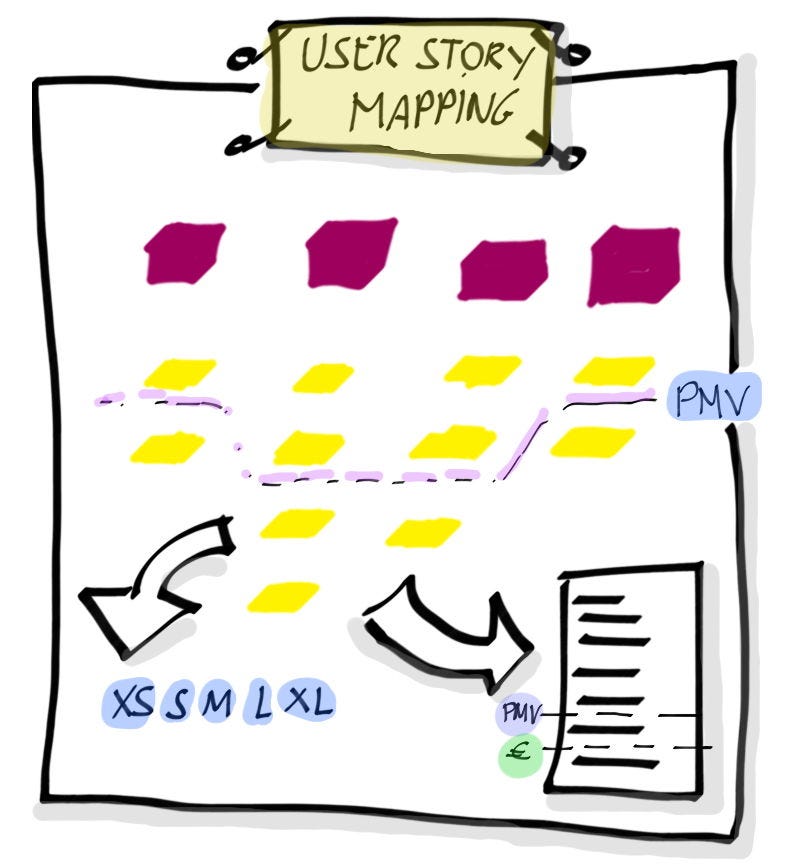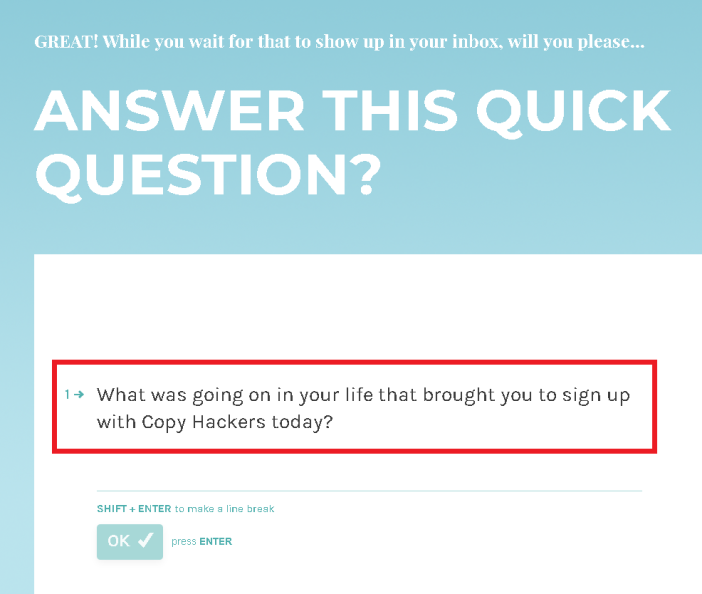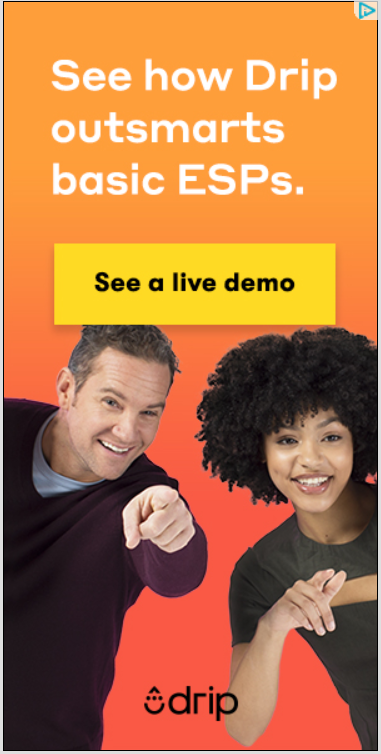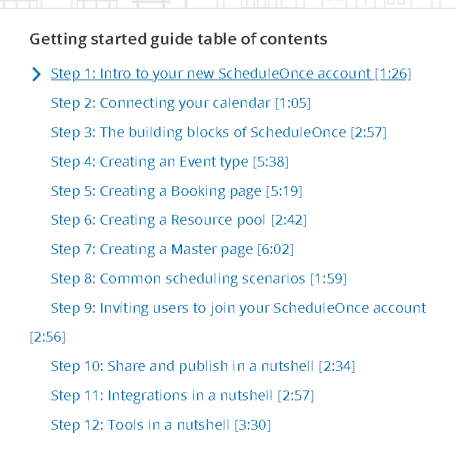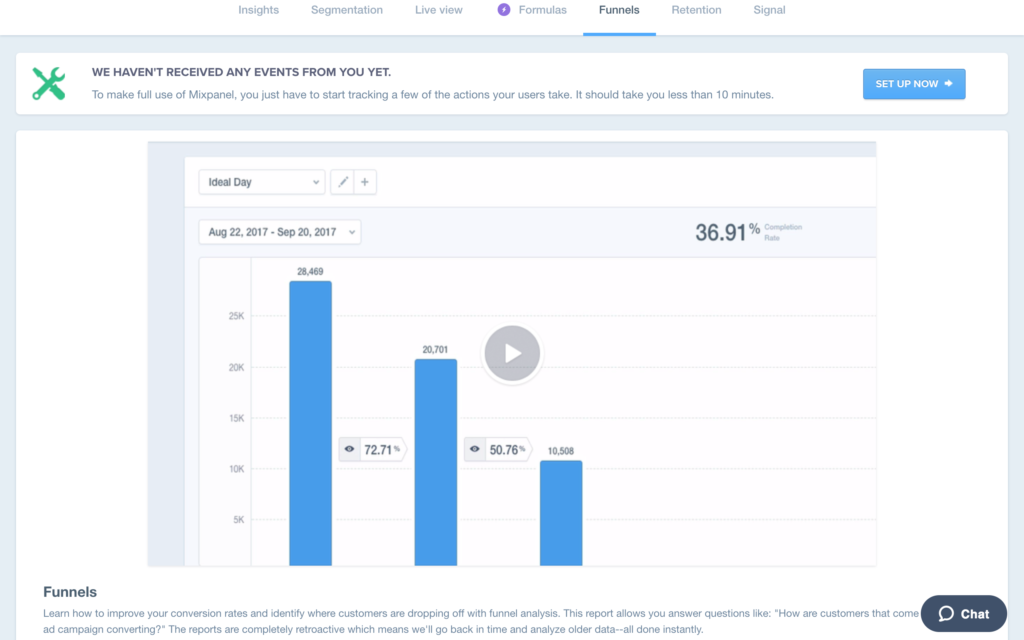Latest news about Bitcoin and all cryptocurrencies. Your daily crypto news habit.
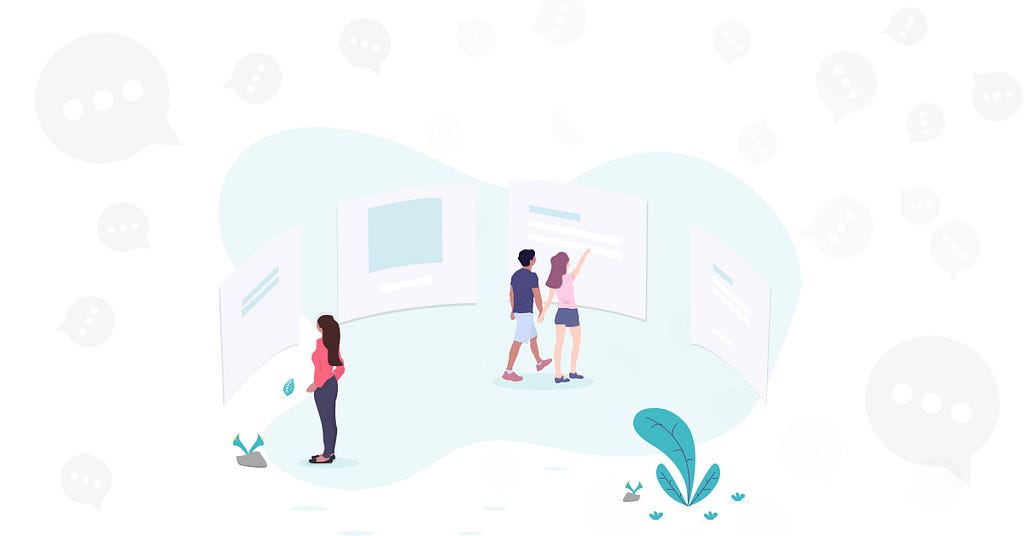
A question always nags at people, and so does a survey question.
I hear it all the time. Particularly in the SaaS (Software as a Service) space when it comes to improving onboarding and conversions, how do we measure customer satisfaction?
What are some examples of customer satisfaction survey questions?
How Do You Survey Customer Satisfaction?
And the answer to this question is simple yet not that straightforward.
So, what’s the question?
“What do I need to know to start improving conversions?”
(Or, “What do you need to know?” if you’re bringing an outsider or consultant.)
More often than not, they start thinking about fact-based answers like, “We need to include this feature” or, “We’re targeting small business owners.”
The problem? That is simply NOT enough.
See, if there’s one thing you need before writing a lick of copy or re-designing anything it’s not a “proven template” or a list of features… it’s your user story.
An actual description of your prospects is a static picture, whereas a story involves situations, places, characters, feelings, emotions, struggles, frustrations, past, present, future. It’s dynamic.
So instead of having a plain, “We target _________,” in your hands, you should be able to fill in the blanks in following paragraphs:
“John’s life was going alright, but one day when ______ happened he knew he had to ______. He tried ______ and ______ to solve this but it didn’t work because ______. He was so ______ that he told his partner, ‘Dear, ______.’
When he found/heard about {your company} through ______ he decided to give it a try. He signed up, immediately wanting to ______. Being able to ______, ______ and ______ made all the difference. And now he finally can say, ‘______.’”
See how knowing this simple, 2-paragraph story can give you insight after insight on how to position your business and its message?
Your message needs to be told in terms of your customers’ past, present and future. They know best.
Now, instead of trying to guess what that story actually is, you can prepare a simple survey to send over to your recent buyers. And that’s exactly what we’re doing today: create a customer satisfaction survey that will get into your customer’s head.
I will give you customer satisfaction survey questions examples for free.
Up for it?
Cool.
Pay attention.
With only 6 product feedback questions, we’ll fill the gaps of your user’s story from start to finish.
We won’t give you the exact customer satisfaction survey format, but we will give you samples and real-life examples you can inspire yourself from.
This is the perfect example of a new product survey in order to understand the true customer needs.
Understanding Customer Needs
SaaS Survey Question #1: “What was going on in your life that brought you to sign up with us?”
Joanna Wiebe, founder of CopyHackers & Airstory, has this question front and center on her thank-you page, and it’s for a reason.
The power of this question lies in the insights you get from the initial mental state and story of your prospects.
She calls it, “joining the conversation already happening in your customer’s mind.” I like to call it Scene 1.
People are always looking for things that relate to what they already have in their minds. If they see something they can relate to, it’s way more likely to grab their attention.
That’s why the answer to this question will be particularly helpful for headlines, subject lines, and other attention-grabbers throughout the first steps of the customer journey.
For instance, there was this time-tracking tool I had the pleasure to help — a Pomodoro timer you can easily integrate with Trello, Asana, and other project management tools.
I found that users frequently said things like, “Yes, this Pomodoro timer is what I’ve been searching for” or “Finally, a simple and effective integration.”
Take a guess at what the subject line for the welcome email was?
Just like that.
Knowing the first scene of your customer story can be a game-changer.
It’s the difference between bombarding the heck out of your users with nonsense and setting a tone of empathy where your users can confidently say, “These people get me.”
Understanding The Customer Journey
SaaS Survey Question #2: “How would you describe the situation you were going through to your partner? Please be specific.”
In his flagship book The Copywriter’s Handbook, Bob Bly says that there are only three things needed to convert prospects into customers with the written word:
- Get their attention
- Communicate
- Persuade
The answer from question #1 is likely to give you clues related to your users’ problems — so you can get their attention and get them to click.
The following aspect, though, requires two often-missed traits: clarity & simplicity.
This is where some tech businesses flop.
Usually involved in the product’s creation, SaaS founders and marketers get wrapped up in jargon and the mumbo jumbo of all the amazing features the software has.
But when you step back and listen to how your prospects explain their situation to a close person who probably doesn’t have a technical background or industry experience, it’s a totally different story.
How will they phrase their current situation, their problems? What will they compare it to?
I know some of you have complex solutions and often sophisticated buyers who are supposed to understand your jargon.
And that’s fine. Sometimes.
Either way, having the answer to this question can give you powerful insights as to what analogies and comparisons you can lever to make your message and concept much easier to grasp.
Map The Right Tool To Your Customer’s Needs
SaaS Survey Question #3: “What solutions did you try? Please explain why they were not a perfect fit for you.”
Everyone knows it. (Or so I think.)
The number one reason your prospects aren’t swiping their credit cards right away is because they have options. Dozens, maybe even hundreds, of options to choose from.
Knowing the gaps between their needs and the options out there, expressed in their own words, is tremendously valuable.
With this information in mind, you need to address it head on with your website, ads, or in the first few emails.
Take a look at this re-targeting ad by Drip, the ESP (Email Service Provider) company:
These guys know what they’re doing.
Engaged in probably one of the most competitive SaaS industries — email marketing services — they tackle the primary prospects’ objection: how are you different/better from the alternatives.
This allows you to exploit what your customer found useless in your competition which will instantly make you shine — while giving them that beacon of hope that they need to give you a shot.
Enough questions about the past. Time to talk about what they actually felt like after hopping on board.
Sample Customer Satisfaction Survey Question
SaaS Survey Question #4: “What are the three most important features for you and your team — three features that, if removed, will probably make you search for another solution immediately?”
It’s no surprise that sooner or later you’ll need to stress some of your features. (Keyword = some ≠ all.)
The problem here is knowing what features to emphasize.
Most leads don’t care about the majority of your product’s features. Chances are that there are only two-to-four features that people really care about. Yet here’s what most people do:
They make this HUUUUGE list of features and fill up their landing pages with back-to-back-to-back icons and so-called benefits. They then go ahead and email feature after feature until the tank runs out of gas.
This rarely moves the needle.
Others try to guess what these crucial features are on their own and end up talking about the wrong ones.
Obviously, the fastest and more accurate way to know is simply to ask. And that’s what we’re doing here.
I personally suggest you make this question easier on your customers and yourself by asking a multiple-choice question.
For this reason, you’ll need to have an idea of what these features might be.
A framework I like to use to narrow down a list of features is FUR (stands for Frequency, Urgency, Reach).
Find out, either with data (if you have the resources) or with intuition (if you’d rather wing it):
- Frequency: What are the features people use more frequently?
- Urgency: What do features people want to try out immediately after signing up? What features do they need the most?
- Reach: How many folks on your entire customer base use a particular feature? What are the most common actions among your users?
With the answers to these questions you should be able to successfully narrow down your list to less than 12 options. I’d personally say that 7–8 is ideal.
Just remember to add a “other” options, too. When it comes to knowing the market it’s better to get it wrong than to not ask at all.
Breaking It Down
Another way to know and prioritize this list is to separate this question into two to four separate ones where you force users to select their number one feature, the second most important, and so on.
Instead of knowing what the top three features are you get to know, for example, which feature was rated number one in most cases. (Which you wouldn’t be able to know with only one multiple-choice question.)
This is one of the most important questions since these insights will, without question, shift your message toward the things that really matter.
User Onboarding Experience
SaaS Survey Question #5: “Picture the moment you first signed up. What’s the first action you wanted to do, or outcome you wanted to achieved?”
First impressions are everything. They can make or break opportunities in life and in business.
Knowing the expectations of your prospects can help you immediately match their reality to that expectation.
That means that once you know exactly they expect to do or get you can easily:
- Tell them to do just that.
- Tell them to take another action (and tell them why what they wanted to do is not important yet).
This one can be a bit harder to understand. So let me tell you a personal story.
A few months ago I signed up for ScheduleOnce.
I needed to schedule a call with a prospect. Essentially I expected to sign up, get in, copy a link, paste it into an email and move on with my life.
I was sort of in a rush. (You know, the kind of thing that happens when a prospect asks you for a link to your schedule, yet you don’t have one.)
Anyhow, when I signed up for ScheduleOnce’s free trial they started to give me a tour through their ENTIRE interface. Which it’s okay. But I just wanted a link to send it to a prospect.
Then they presented me with a total of 12 videos to “get started”…
Which again it’s fine. But I just wanted to send a link to a prospect. Which means I expected to (1) connect my calendar (2) select my availability and (3) get a link.
That’s it. I didn’t want anything else.
How many customers are in this same situation? We don’t know. That’s why we need to ask.
Because if you start talking about your entire platform piece by piece, video by video, before I do what I need to do, I’m leaving. (Sorry, but that’s how people behave on the internet these days.)
So, make sure you know what your customers are expecting from you. And give it to them. ASAP.
Spying Instead Of Asking
A more data-driven way for doing this is to gather user data and analyze what exactly your users are doing once they sign up.
This can be done quantitatively with solutions like MixPanel. Or you could see your users on video with solutions like Smartlook.
Not only can this help you get out of your head and get to know your users’ expectations, but it could also help you uncover feature-conversion relationships (e.g. people that activate ‘X’ feature are 25% more likely to convert).
The more data you have, the more insights you can get. And the more actionable insights you can get, the better.
Paint The Picture Of a Brighter Future
SaaS Survey Question #6: “Imagine I overheard you talking about why this was a success to a family member next month. What exactly would I hear you say?”
If you ask people why they decided to buy or what success means to them they’ll probably start justifying themselves with things like “Oh, feature X” or “The user experience”.
But as we saw in question #2, when they have to talk to someone else that doesn’t necessarily understand those terms, the answer is completely different.
This is one of my favorites because it reveals ideas you wouldn’t know otherwise.
Here’s where you can really get a picture of what success looks like for your users, and use it to your advantage.
Paint that picture of a brighter future clearly from the very beginning in your messaging and you just can’t go wrong.
You might want to ask this question to a recent customer, though. And if you’re in the B2B space consider changing a “family member” for a “close team member” if it sounds more appropriate.
How Long Should a Customer Satisfaction Survey Be?
Surveying customer satisfaction is not a science.
There is no rule of thumb nor ideal length.
There are simply too many factors to take in and that influence the ideal length.
We can recommend keeping the bare minimum though. Remove all the useless or “nice-to-have” questions, and go for the important point you want to focus.
Keep in mind that your customers won’t spend more than 5 to 10 minutes answering your survey.
Take The Challenge: Ask These Product Survey Questions
You could interview your customers — I personally encourage it. But sometimes you want to make sure that you have a more representative sample size (and you want to get the information fast).
The way to do this is with a survey, by collecting survey feedback.
Steal our customer satisfaction questionnaire sample from above.
Tailor those questions to your brands, and use them to send an engaging survey with some of the survey tools available.
Feedier works pretty well for this.
I challenge you to send a survey like this one to at least 100 selected, engaged users of yours next week. You’ll be amazed at the insights you get.
About the Author
Isaac Perdomo helps SaaS businesses build a conversion machine with emails instead of salespeople. Email conversion copywriter by day. People pleaser by night. He believes SaaS is the future of business and can be often found making his clients shine in front of their competition or eating yet another business book. Connect with him on Facebook or learn more at his website, CopyOnboard.
Originally published at Inside Feedier.
6 SaaS Survey Questions To Learn What Your Customers Want was originally published in Hacker Noon on Medium, where people are continuing the conversation by highlighting and responding to this story.
Disclaimer
The views and opinions expressed in this article are solely those of the authors and do not reflect the views of Bitcoin Insider. Every investment and trading move involves risk - this is especially true for cryptocurrencies given their volatility. We strongly advise our readers to conduct their own research when making a decision.
